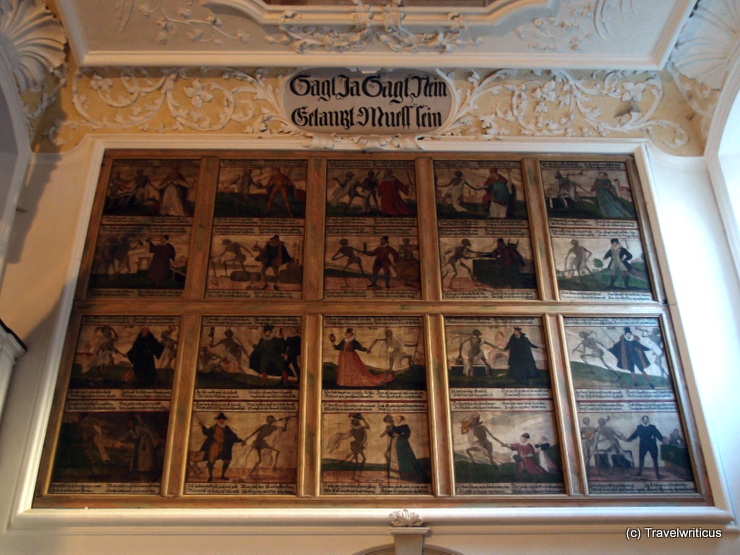
The danse macabre (Totentanz) in Füssen is the oldest one of Bavaria. Jacob Hiebler was the painter. You’ll find this work created by Jacob Hiebler in the Museum der Stadt Füssen. This heritage museum uses the rooms of the former St. Mang’s Abbey.
You only see what you know (Goethe)

The danse macabre (Totentanz) in Füssen is the oldest one of Bavaria. Jacob Hiebler was the painter. You’ll find this work created by Jacob Hiebler in the Museum der Stadt Füssen. This heritage museum uses the rooms of the former St. Mang’s Abbey.
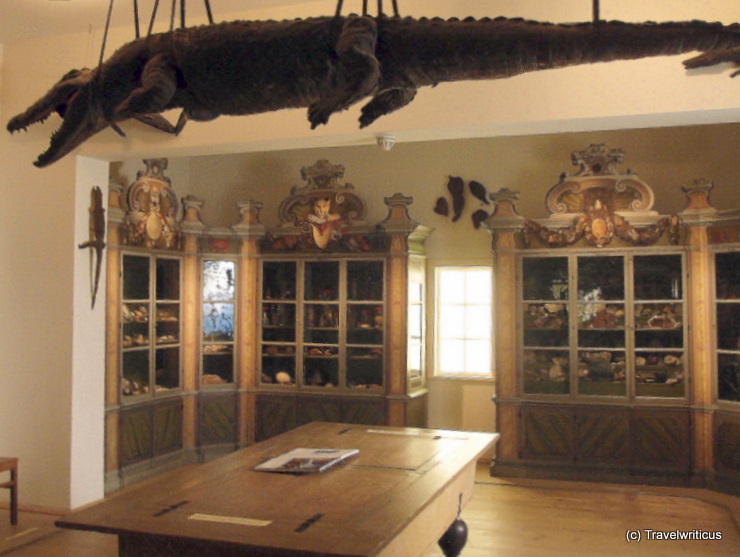
The Cabinet of Artefacts and Natural Curiosities (Kunst- und Naturalienkammer) was established by August Hermann Francke in 1698. Today this collection is regarded as the only wholly preserved cabinet of curiosities dating from the Baroque age. [German]
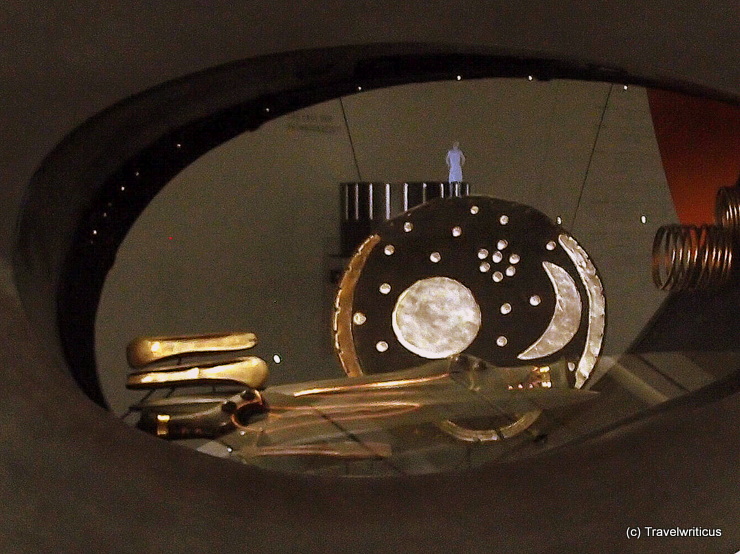
The Nebra sky disk is regarded as the oldest concrete depiction of the cosmos worldwide. Even though the original Nebra sky disk is displayed at the State Museum of Prehistory (Landesmuseum für Vorgeschichte), the Arche Nebra is worth a visit. It is located within sight of the sky disk’s place of discovery.
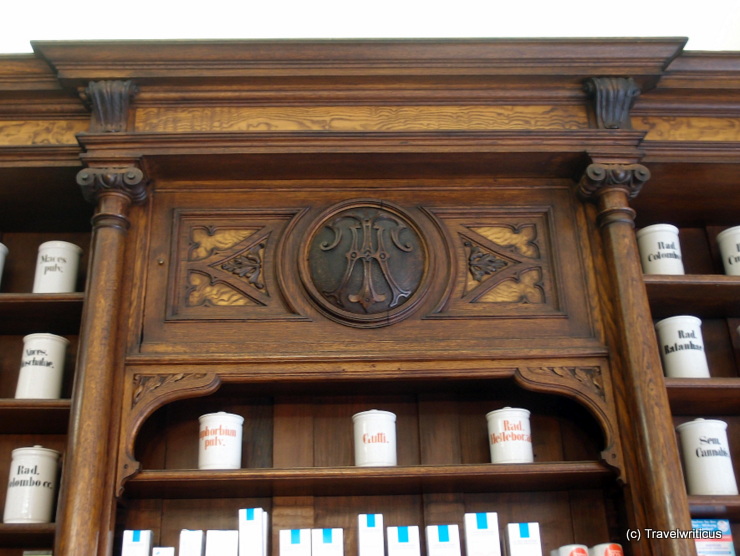
The pharmacy museum (Apothekenmuseum) is located in the rooms of the Lion Pharmacy (Löwenapotheke). Some of the exhibits are dating back to 1820. The collection also shows a lot of equipment which was used in pharmacies up to the time in the GDR (DDR).
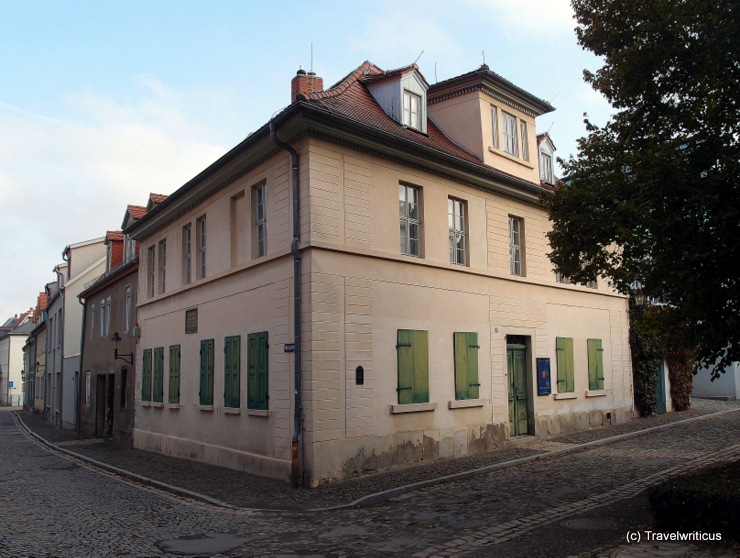
The Nietzsche House has been open to the public since 1994. A permanent exhibition is devoted to the life and work of the philosopher Friedrich Nietzsche. The Nietzsche Documentation Centre, also housed here, is concerned with researching the reception of Nietzsche’s works. [German]
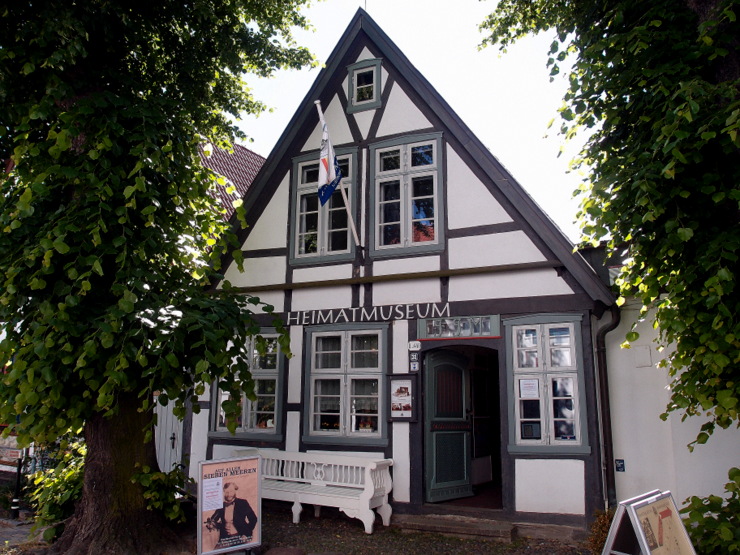
The museum of local history (Heimatmuseum) is located in a building dating back to 1767. The exhibition tells about local life as well as typical elements of a seaman’s life. For example, you see dioramas built by sailors. There are also souvenirs like English stoneware brought home from numerous sea travels.
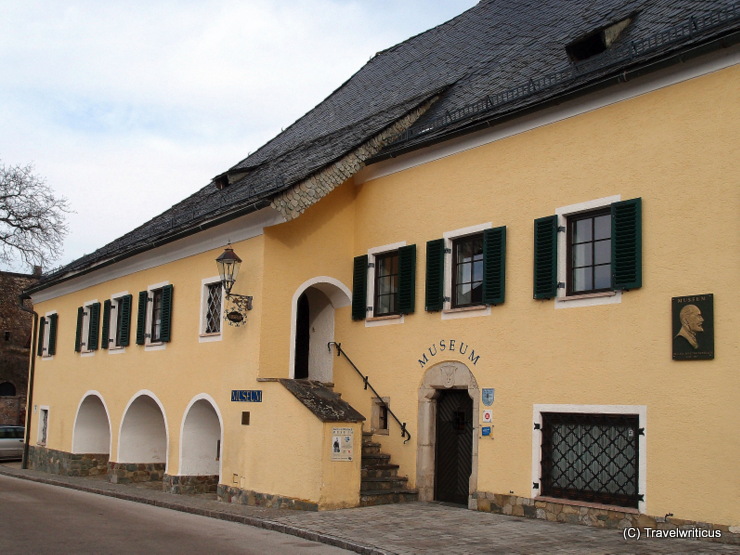
The museum tells about the life and achievements of Carl Auer von Welsbach, who formed the Treibacher Chemische Werke GesmbH near this place. He is well known for the development of the metal filament light bulb and the gas mantle. He also discovered several rare earth elements.
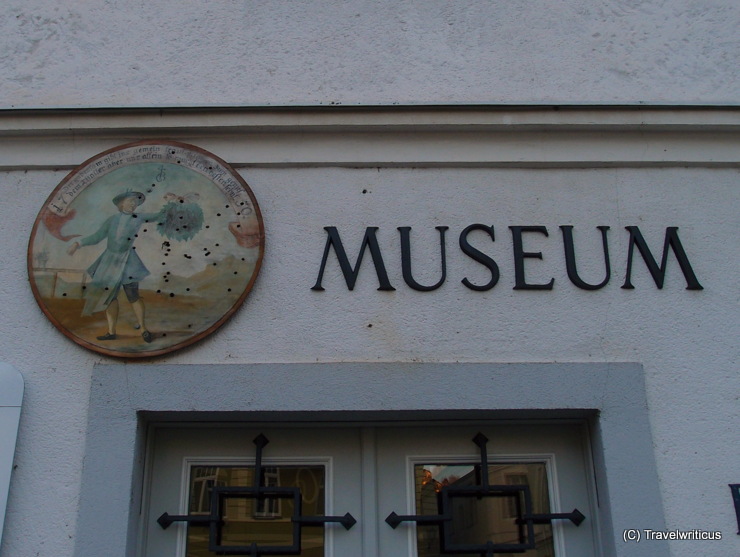
The museum of historical targets displays a collection of target boards (Schützenscheiben) dating from 1670 up to 1941 used by the local rifle club (Schützenverein). In general, these boards display scenes of daily life, local events and even important persons of history.
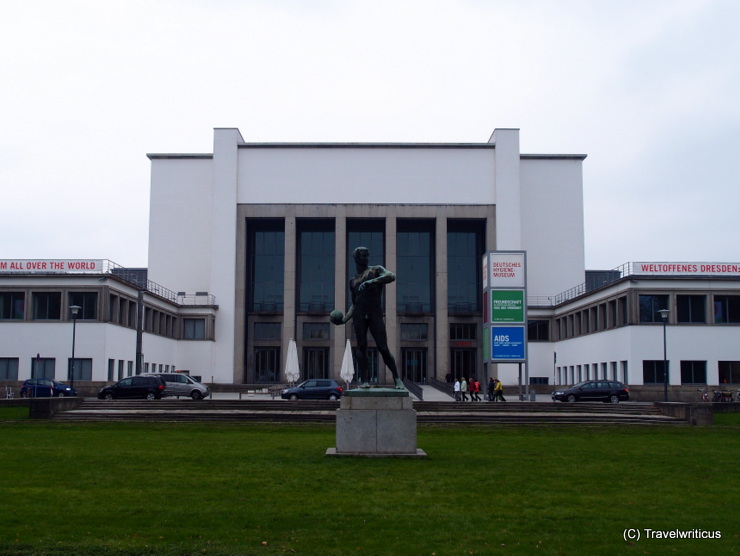
The German Hygiene Museum (Deutsches Hygiene-Museum) was founded in 1912 by Karl August Lingner, a Dresden businessman and manufacturer of hygiene products. Besides being a medical museum it conceives itself as a ‘forum for science, culture and society’.
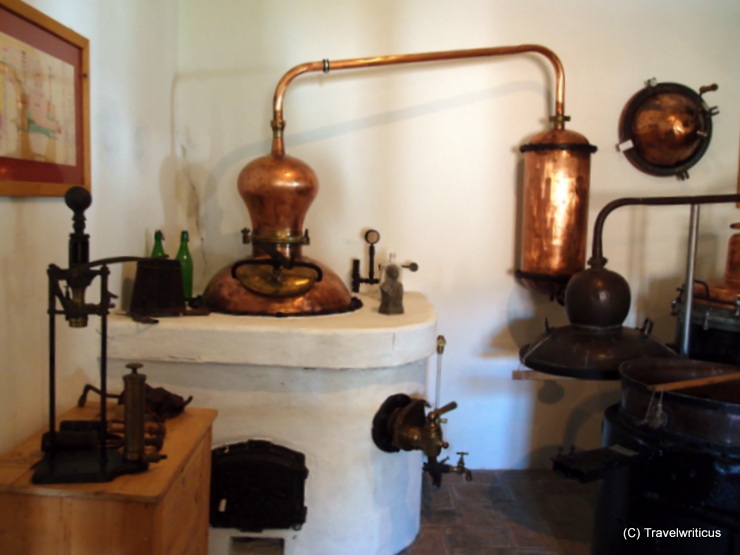
The distillery museum located in the vineyard estate and distillery Heger (Weingut & Destillerie Heger) in Poysdorf focuses on explaining the differences between small distilleries and industrial distilleries regarding the quality of their products. The pic above shows pieces generally used in smaller stillhouses.
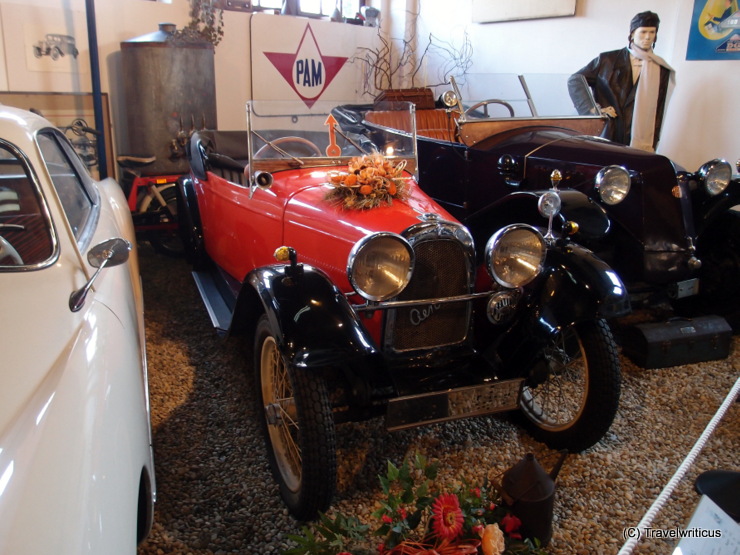
This Aero 662 stands in the Classic Car Museum of Poysdorf (Oldtimerclub Poysdorf) in the Austrian region of Weinviertel. His nickname is “Cililink“, describing the noise similar to a bell during the start of the engine.
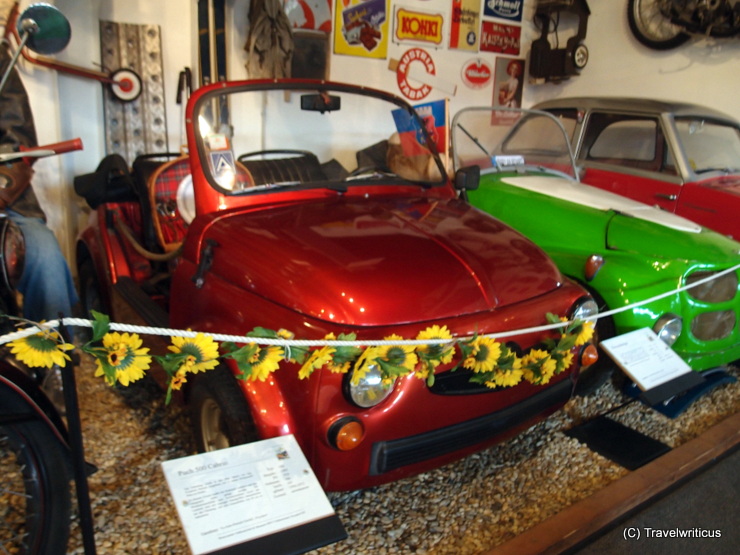
The Austrian Puch 500 saw its construction in the years 1956-1972. Friedrich Parisch converted the car depicted above for his journeys. After reducing the height to 40 cm, the Puch 500 fit in a caravan.